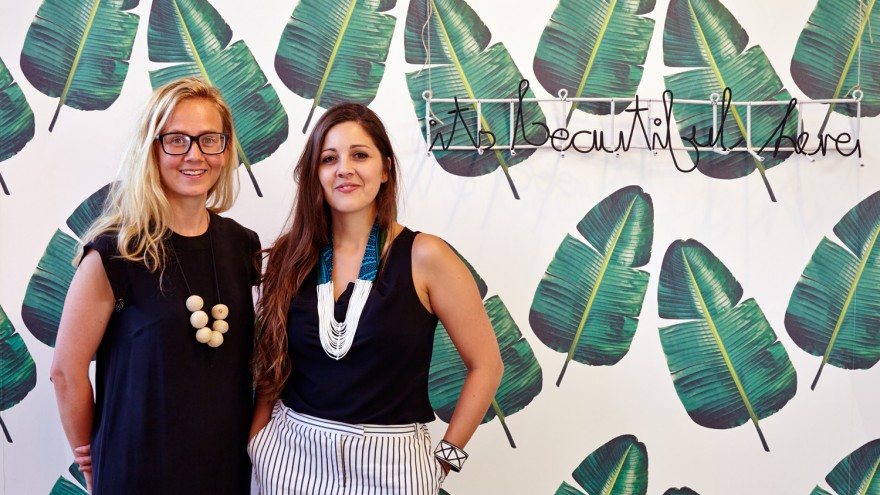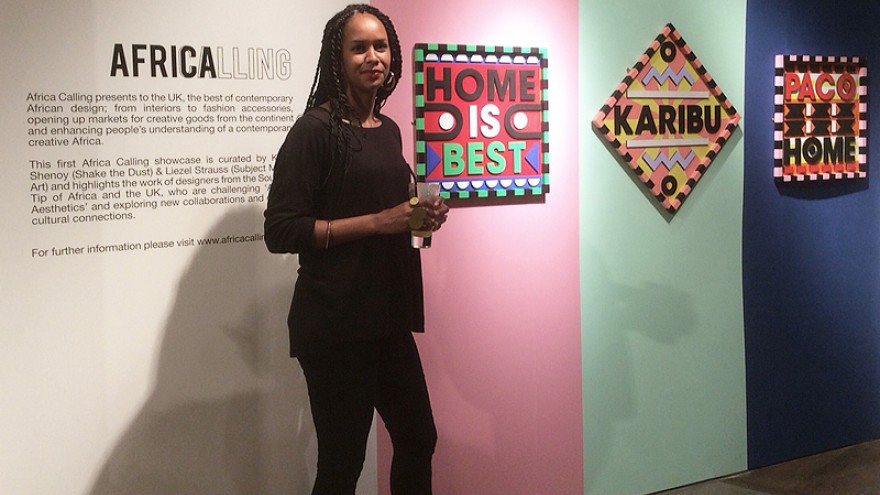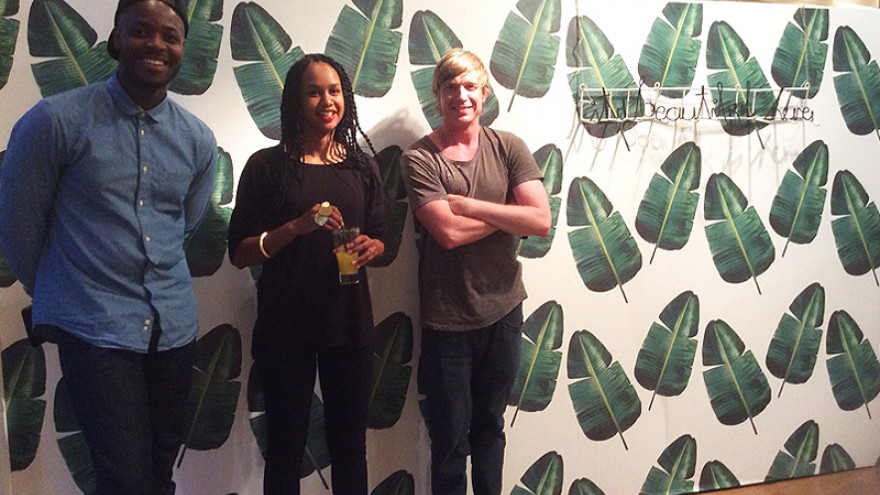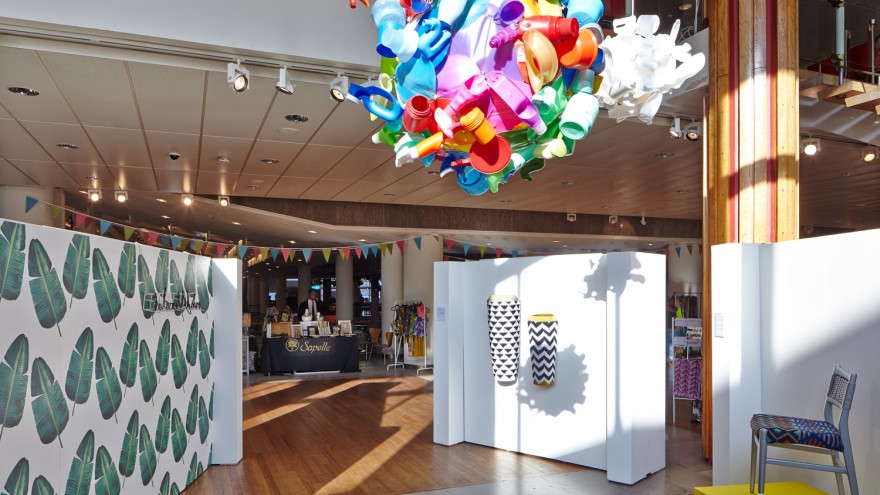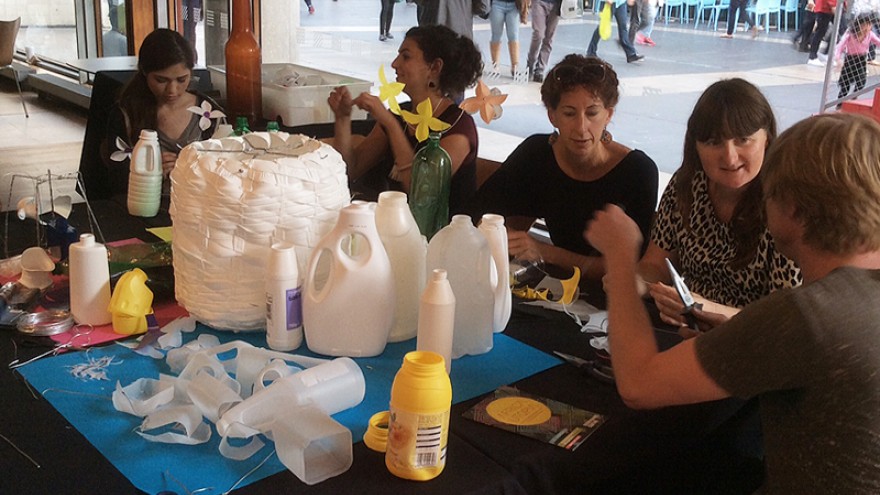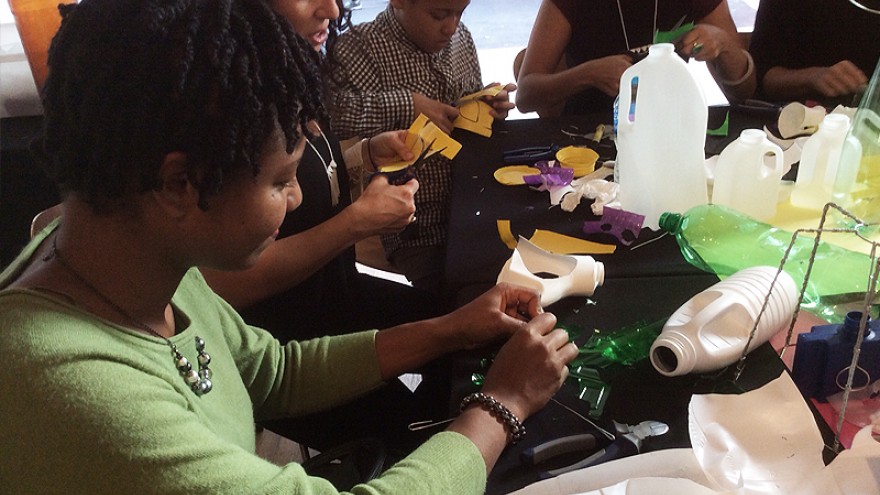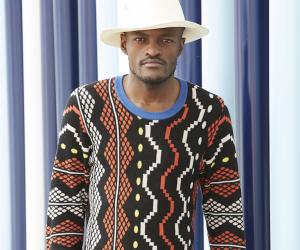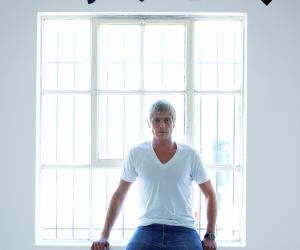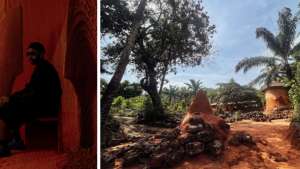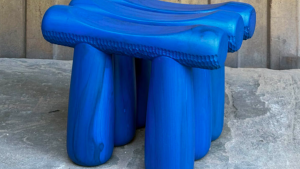Kathy Shenoy has found her calling – in Africa. UK-born and London-based, she is a design consultant whose interest in craft and design from the continent led her to start Shake the Dust, which collaborates with artisans from emerging economies and represents their wares in an online shop. She established the business in London in 2012 upon her return from Swaziland, where she worked as a product designer and coordinator for an arts festival for three years.
Her latest project, Africa Calling, is a platform for contemporary African design that she launched at the recent London Design Festival.
“I felt that there was a lot that could be done to open up markets and create new culturally collaborative work,” says Shenoy, who was inspired to set up Africa Calling by Cape Town’s designation as 2014 World Design Capital. “It’s a natural extension of the business [Shake the Dust], to generate markets and opportunities for the talented people I'm working with.”
Africa Calling’s first iteration shone a spotlight on Southern Africa, with an exhibition of products by South Africans Clinton Friedman and Heath Nash and handwoven baskets by Swazi craft group Gone Rural as part of the Africa Utopia festival at London’s Southbank. It also displayed a UK-South Africa collaboration in the form of a chair by London-based Yinka Ilori, whose upcycled furniture incorporates aspects of his Nigerian heritage, upholstered in knitted fabric by Laduma Ngxokolo. British designer Lakwena Maciver exhibited highly patterned artworks inspired by a recent trip to her father’s home in Uganda.
The exhibition was curated by Shenoy and South African-born, Tokyo-based curator and art dealer Liezel Strauss, the creative mind behind the hugely popular My Japan photographic project in response to the 2011 earthquake.
Shenoy hopes the selection of products in African Calling – which were also exhibited a few days later at Design Junction during the London Design Festival – will challenge people’s perceptions of “African aesthetics”.
“Since moving back here [to London], I've noticed trends emerging that reference perhaps stereotypical notions of African craft or design, which doesn't seem representative of the new and exciting work to be found all over the continent,” she says. “It's an exciting time to be a creative entrepreneur in many growing economies in Africa."
I want to give a platform to the innovations breaking new ground and create new dialogues about what the future holds.
Africa Calling also has a developmental focus and included workshops where Heath Nash showed visitors to the Africa Calling exhibition how he turns plastic packaging into his upcycled lights. Shenoy, Nash and Ngxokolo also took part in a discussion at Design Junction about the challenges and opportunities for African designers to access international markets.
This year’s showcase is the first of many, says Shenoy, that will grow year on year and focus on makers from other areas of Africa. She and Strauss are opening a pop-up shop on Columbia Road from October to December.
She is hoping to tap into the British public’s “natural thirst for authenticity”: “I think we've become bored of mass-produced and flat-packed living. African design is so rooted in the handmade that it brings a fresh perspective.”
The work that Africa Calling showcases is innovative in its sustainable use of materials. “African product innovation often stems from limited resources. In terms of aesthetic, our designers are fearless, unafraid of industry trends or what they dictate. That’s really refreshing and means the sense of place and people always shines through.”

